Your Child Will Learn
Drawing shapes and noticing how objects can be broken down into smaller shapes
Here’s What to Do
- Ask your child to choose an animal’s face to draw (some ideas: dog, cat, pig, rabbit, koala).
- Have your child draw a large circle on a piece of paper. This will be the outline of the animal’s face.
- Look at a picture of the animal (in a book, from the internet, etc.). Talk about different shapes you see in the animal’s face (like triangle ears and circle eyes).
- Ask your child to draw these shapes to make the animal’s face.
Put PEER Into Action
PAUSE
- Find a quiet place with a clear surface to draw.
ENGAGE
- “What shape does a rabbit’s ears remind you of? What about rabbit eyes?”
- “Can you draw a semicircle (half of a circle) for the doggy’s mouth?”
ENCOURAGE
- Give your child hints, but don’t draw shapes for them. Try, “Can you make an oval shape right in the middle for the nose?” or “See the picture? It looks like a cat should have one triangle ear here, and one here.”
- Don’t worry if the finished animal doesn’t look “good.” This activity is all about giving your child the opportunity to draw shapes.
REFLECT
- What else do you think you could use shapes to draw?
Not Quite Ready
If your child isn’t able to draw shapes on their own, draw connect-the-dot outlines for them to trace
Ready for More
Ask your child to draw an animal using only shapes, giving them minimal hints about what shapes they need to use.
As Your Child Masters This Skill
They will draw more accurate shapes and understand how objects can be broken down into smaller shapes.
Time to Complete
20 minutes
Materials Needed
Paper; crayons, markers, or colored pencils; picture of an animal
